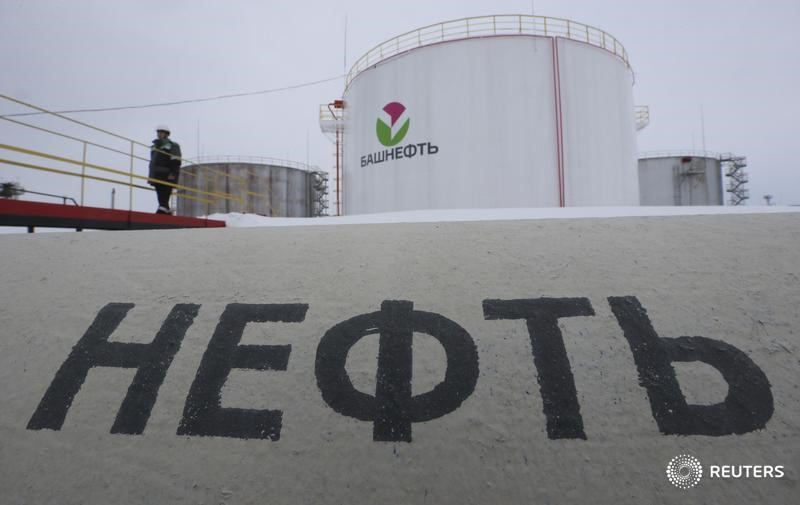(Bloomberg) -- Oil was steady in early Asian trading after a three-day decline with the market bracing for the prospect of more Iranian crude flows as the nation inches closer to a revived nuclear deal.
Futures in New York traded near $62 a barrel after sliding more than 6% over the past three sessions. Iran’s President Hassan Rouhani said world powers have accepted that major sanctions on his country will be lifted, though details and finer points still need to be ironed out. The potential for additional Iranian oil exports is being reflected in the prompt timespread for Brent crude, which is nearing a bearish structure in an indication market tightness is easing.
Oil was also swept up in a broader commodities sell-off on Thursday following concerns about inflation, speculation that the U.S. Federal Reserve will ease stimulus and China’s warning on measures to cool price spikes.
Oil is still up more than 25% this year as a robust recovery from the pandemic in the U.S., China and parts of Europe boost optimism in the outlook for fuel demand, even as the virus makes a comeback in Asia. While Iran is moving closer to boosting its crude exports, Citigroup Inc (NYSE:C). predicts the market will be tight enough by the middle of the third quarter to support higher prices.
The prompt timespread for Brent was 4 cents in backwardation -- a bullish market structure where near-dated contracts are more expensive than later-dated ones -- on Thursday. That compares with 42 cents at the start of May.
Planned tax adjustments in China, meanwhile, are sparking a chain reaction that’s set to boost crude imports and raise refinery run rates, adding further support to the market recovery. The levy will be slapped on inbound flows of three products from mid-June that are often used to make low quality fuels.
©2021 Bloomberg L.P.
